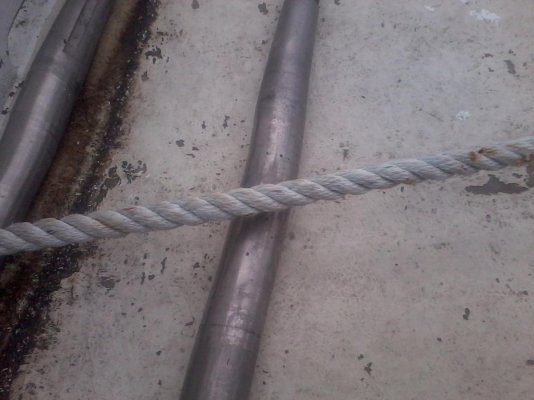The prop shaft was difficult to turn by hand on this boat when I bought it. It is an AT 34 with two cutlass bearings, one about 6' forward of the usual location. The front one was tight, and after some struggles I got the shaft and bearing out. It appears that there is no or insufficient water supply to the Tides seal and forward bearing, seal was fine but there is a lot of silt in the prop tube and on the shaft. Where the forward cutlass runs, the shaft is scored. It looks pretty bad, but with calipers the worst of it is about 0.005 deep (0.010 diameter loss). There are also some crescent shaped pits randomly distributed in the same area.
How bad is too bad before I $pend lot$ of money on a new $haft?

How bad is too bad before I $pend lot$ of money on a new $haft?


